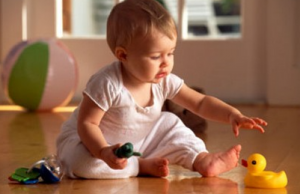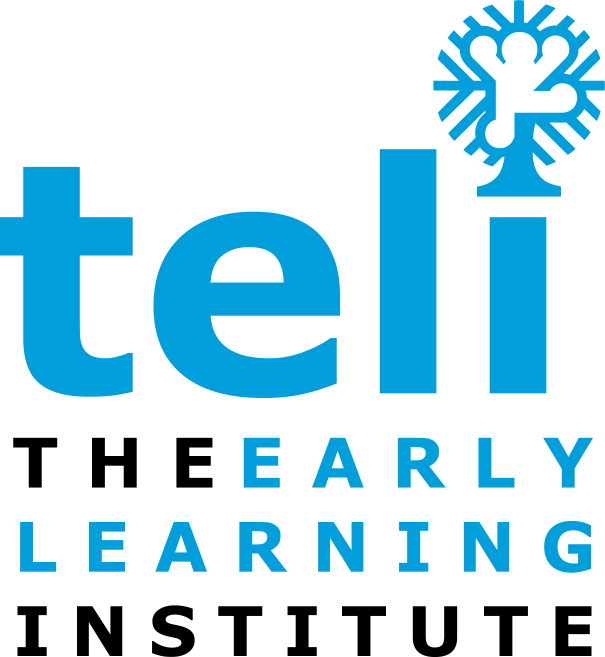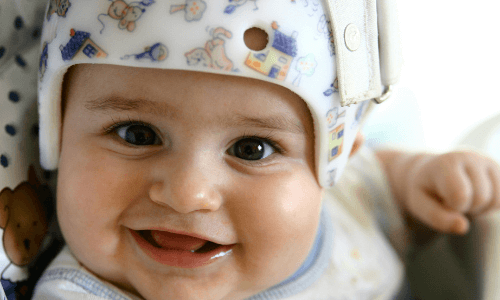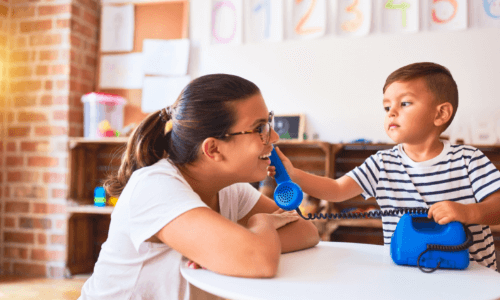Authored by: Lynne Kolodziej, Developmental Specialist
 Child’s Play and Early Intervention Therapy
Child’s Play and Early Intervention Therapy
Wonder why your child’s therapist uses activities that appear to be just “playing”?
So “The Wheels on the Bus” isn’t just a silly song?
When parents think of Early Intervention therapy, they often think of stretching exercises or repeating a sound or learning to hold a spoon. But when the therapy involves playing, they might be a bit confused as they think therapy is serious work. As every teli therapist will agree; the serious work of children really is play!
In Early Intervention, you must make it fun to engage both the child and the parent in an activity so that they want to do it again and again. That way you are sure that the child can develop that particular skill through practice. Parents are curious about the fact that the hour a therapist spends with their child, appears to be child’s play. That play is a very important part of a child’s development!
Why is play so important?
Play begins at an early age with parents serving as the child’s partner for a simple game of Peek-a boo. Peek-a-boo stimulates baby’s senses, builds gross motor skills, strengthens visual tracking, and encourages social development. Additionally, Peek-a-boo teaches object permanence: the idea that even though the child can’t see something (like your smiling face), it still exists. At that is just the start.
The benefits of play for children range across a number of skills from the development of cognitive thinking skills, to language skills, behavioral skills along with helping a child learn the importance of staying engaged and attentive. Developmental therapists work to reinforce all of the work of the physical therapist, the occupational therapist and the speech therapist to be sure that the child’s care is coordinated and complementary. In that way all of these therapies are integrated into a play activity to make sure they are getting the practice they need.
A perfect example of a complementary play activity which involves pretending could be a tea party. Believe it or not a tea party engages a child in many ways – socially experimenting with cooperation with others, physically working on fine motor and gross motor skills reinforced through “pouring” from a tea pot, as well as learning about planning by setting the table, counting the number of places. And you thought it was all fun and games! It is hard work for children!
So the “Wheels on the Bus” is more than a silly song?
Most definitely! Another myth busted!! The incorporation of music into Early Intervention therapy has a multitude of benefits for the child. Music helps to engage children, they move to the beat, they stand up and dance and in turn work on muscle strength and balance. Learning the words, repeating the verses and exploring rhyming words is a great way to develop their language skills. They also learn a great deal socially as they sing with others or alternate and take turns.
There is an emotional component to music that enables parents to use music to help children cope with the unfamiliar. Visits to the doctors might be a challenge, so often going back to one of their familiar songs such as the “The Wheels on the Bus” can help them to better transition and reduce stress. A favorite of parents is always “The Clean up” song to teach their child social skill as well as responsibility, while a song associated with nap time can trigger a more comforting response for a child. Music can serve as a de-stressor for both children and parents.
As in most cases, with Early intervention therapies, the goal is to engage both the parent and the child in normal daily activities that reinforce development. Play has a key role in a child’s development and with the parent as the partner in that play, both the child and the parent can enjoy their time together as they play with a purpose! The familiar child’s cry of “Again, again!” is music to our ears!


